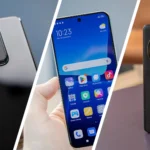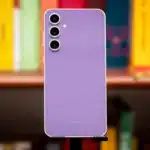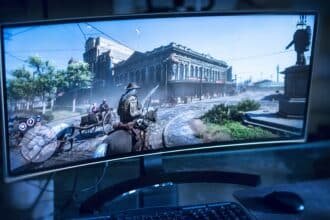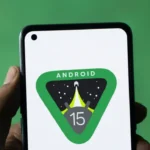Rumors swirling around the introduction of a more affordable variant of the Apple Vision Pro have sparked anticipation and speculation in the tech community. While the prospect of a lower-priced Apple headset is enticing, it’s essential to consider the potential trade-offs and implications compared to existing market offerings.
Price vs. Performance: Balancing Affordability and Features
The allure of a cheaper Apple Vision Pro hinges on its ability to strike a balance between affordability and performance. Reports suggest that cost-cutting measures may impact certain features or specifications compared to the flagship model. Understanding these trade-offs is crucial for consumers weighing their options in the competitive VR headset market.
Design and Build Quality: Premium Aesthetics vs. Cost Efficiency
Apple’s reputation for sleek design and premium build quality raises expectations for the Vision Pro lineup, even in a more budget-friendly variant. Potential compromises in materials or construction methods could influence durability and aesthetic appeal compared to higher-end models or competitors like the Meta Quest 3, known for its ergonomic design and robust build.
Display and Visual Experience: Resolution and Immersion
Visual fidelity and immersive experiences are pivotal in VR headsets. The cheaper Apple Vision Pro may feature a lower-resolution display or fewer advanced display technologies compared to its premium counterpart. Evaluating these specifications against competitors like the Meta Quest 3, renowned for its crisp visuals and immersive capabilities, will be critical for discerning consumers.
Performance and Hardware Capabilities: Processing Power and Efficiency
Under the hood, performance capabilities and hardware specifications play a pivotal role in user experience. Potential adjustments in processing power, battery life, or connectivity features could impact the overall usability and versatility of the cheaper Apple Vision Pro. Benchmarking these attributes against competitors’ offerings provides insights into performance expectations and practical applications.
Software Ecosystem and Content Accessibility
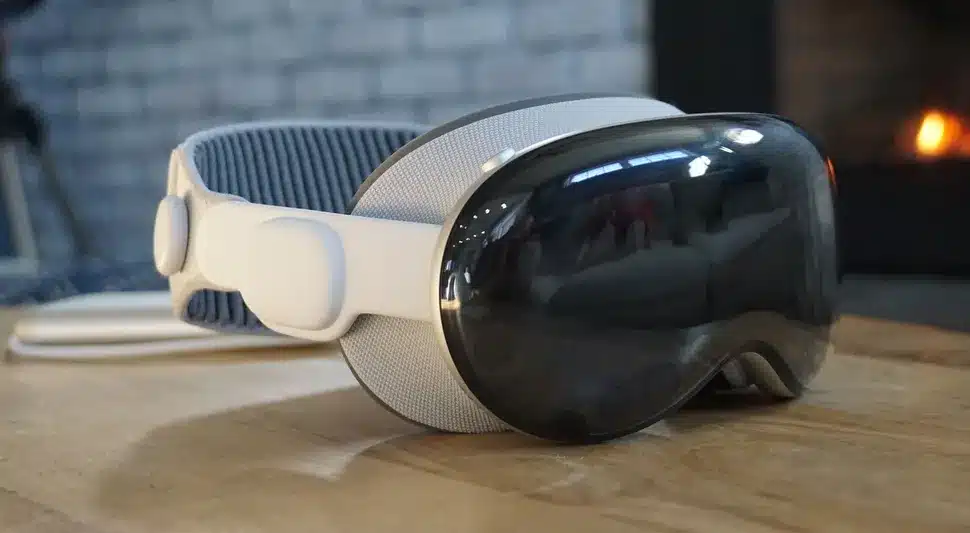
Apple’s ecosystem integration and access to exclusive content are significant factors influencing consumer choice. The cheaper Vision Pro’s compatibility with Apple’s App Store and ecosystem of apps, games, and experiences may offer unique advantages compared to platforms like Meta’s Quest 3. Evaluating software support and content diversity is crucial for maximizing the headset’s utility and entertainment value.
Market Positioning and Competitive Landscape
In a crowded marketplace, understanding how the cheaper Apple Vision Pro positions itself against competitors is essential. Factors such as pricing strategy, feature differentiators, and target demographics will shape its market reception and competitive viability. Analyzing consumer preferences and market trends will provide insights into its potential impact on the broader VR industry.
Navigating Expectations and Considerations
The rumored launch of a cheaper Apple Vision Pro presents intriguing possibilities for consumers seeking an entry point into premium VR experiences. While cost considerations are significant, weighing potential trade-offs in design, performance, software support, and market positioning is crucial. As the VR landscape evolves, the decision between the cheaper Apple Vision Pro and alternatives like the Meta Quest 3 hinges on individual preferences, priorities, and desired experiences.

